This work studies how a lattice of tunable beams can learn desired behaviors and what factors affect mechanical learning.



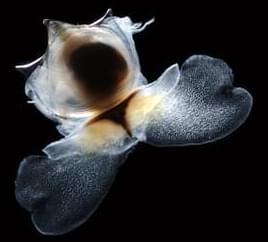
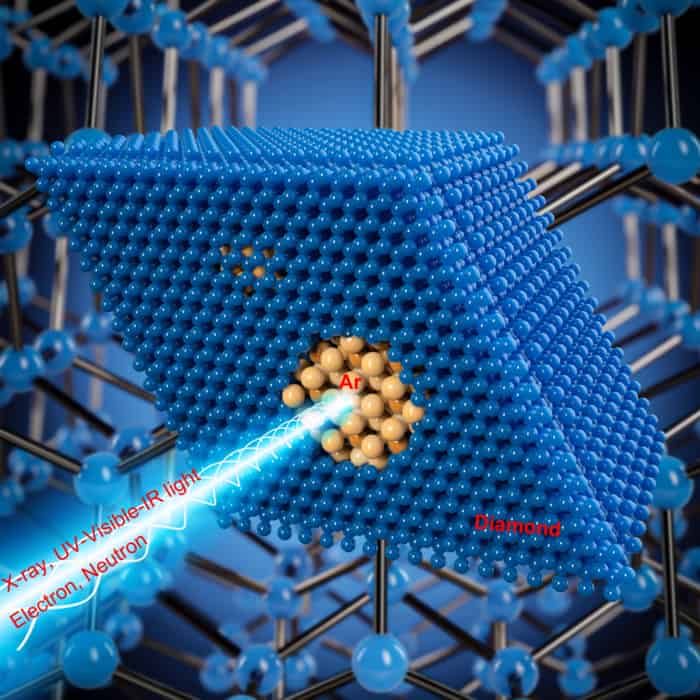
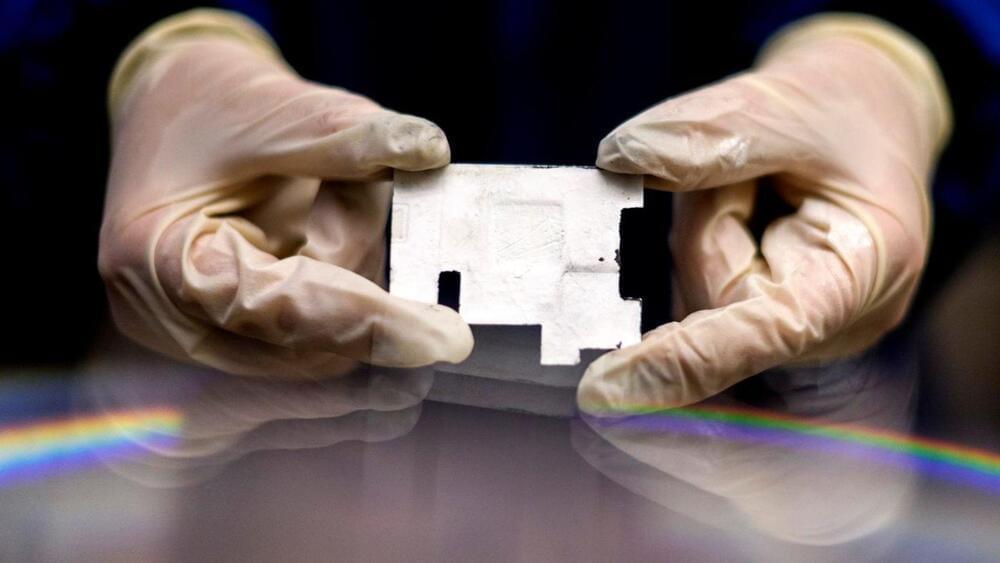
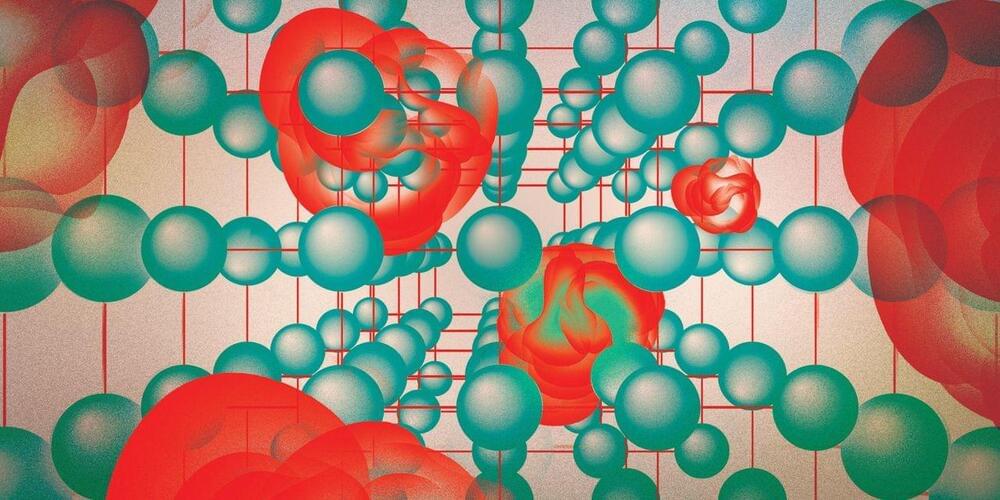
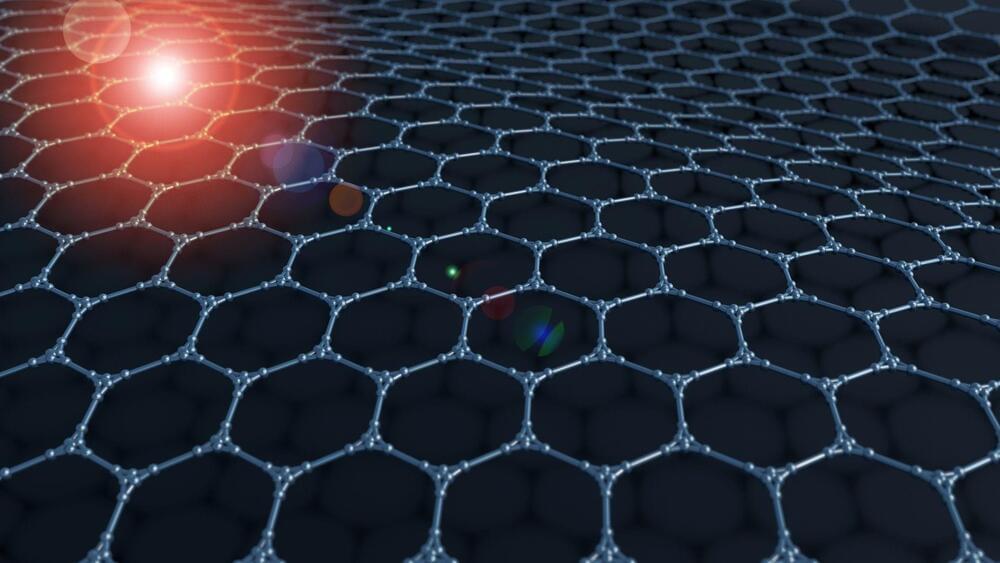
Inspired by living things, the unique material is 10 times as durable as natural rubber.
For the first time, researchers use only light and a catalyst to change properties such as hardness and elasticity in molecules of the same type, according to a new study published October 13 in Science.
The ability to control the physical properties of a material using light as a trigger is potentially transformative.
IStock/selimcan.
Inspired by living things like trees and shellfish, the team created a unique material that is ten times as durable as natural rubber and may lead to more flexible electronics and robots.
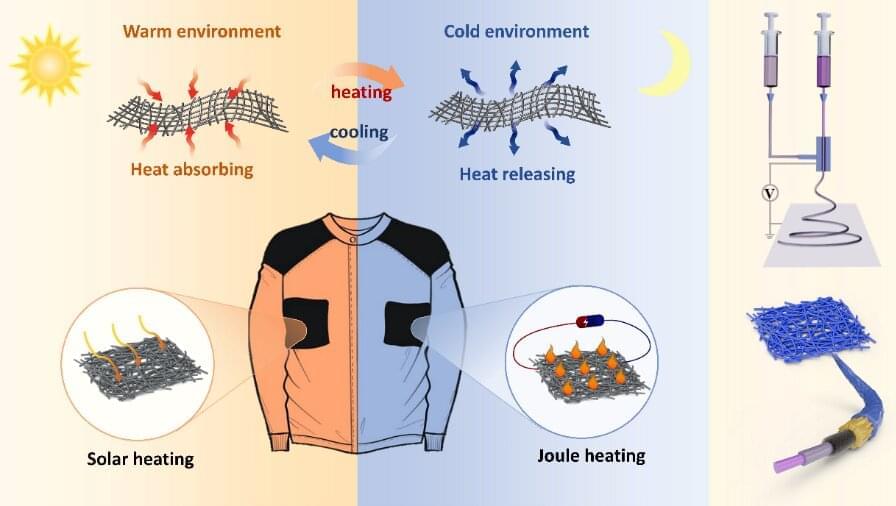
Textile engineers have developed a fabric woven out of ultra-fine nano-threads made in part of phase-change materials and other advanced substances that combine to produce a fabric that can respond to changing temperatures to heat up and cool down its wearer depending on need.
Materials scientists have designed an advanced textile with nano-scale threads containing in their core a phase-change material that can store and release large amounts of heat when the material changes phase from liquid to solid. Combining the threads with electrothermal and photothermal coatings that enhance the effect, they have in essence developed a fabric that can both quickly cool the wearer down and warm them up as conditions change.
A paper describing the manufacturing technique appeared in ACS Nano on August 10.
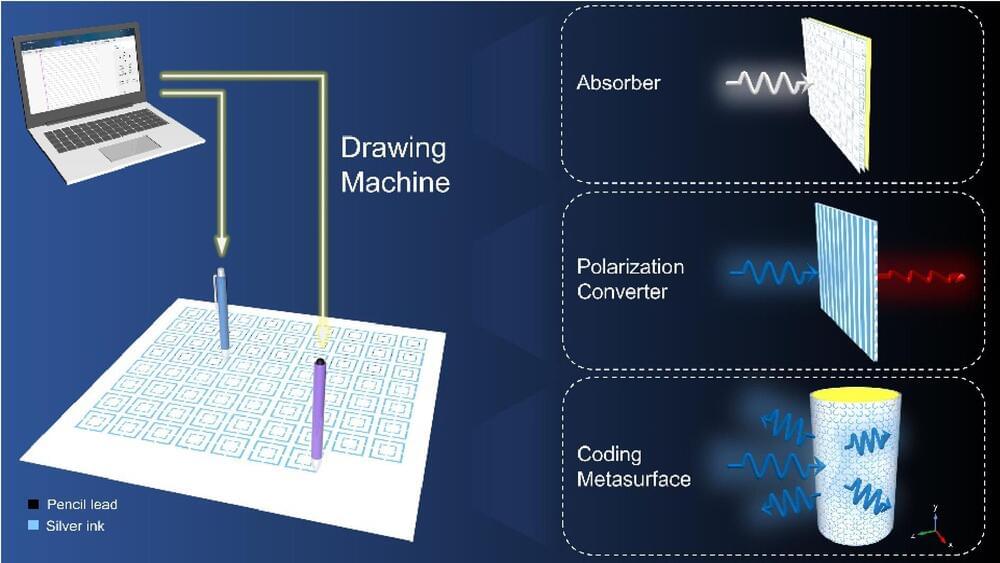
Researchers have developed an automatic drawing machine that uses pens and pencils to draw metamaterials onto paper. They demonstrated the new approach by using it to make three metamaterials that can be used to manipulate the microwave region of the electromagnetic spectrum.
Metamaterials are artificially engineered composite materials that derive their properties from patterned microstructures, rather than the chemical composition of the materials themselves. The exact shape, geometry, size, orientation and arrangement of the structures can be used to manipulate electromagnetic waves in ways that aren’t possible with conventional materials.
“Metamaterials, especially those used as absorbers, generally need to be thin, lightweight, wide and strong, but it isn’t easy to create thin and lightweight devices using traditional substrates,” said research team leader Junming Zhao from Nanjing University in China. “Using paper as the substrate can help meet these requirements while also lending itself to metasurfaces that conform to a surface or that are mechanically reconfigurable.”

CarbiCrete.
A key ingredient in concrete has always been cement, the production of which accounts for around 8 percent of the world’s greenhouse gas (GHG) emissions. While it may be tempting to think we are living in the age of plastic—after all, we have generated around 8 billion tonnes of plastic over the past 60 years and it turns out that the cement sector produces more than 30 billion tonnes of concrete each year.